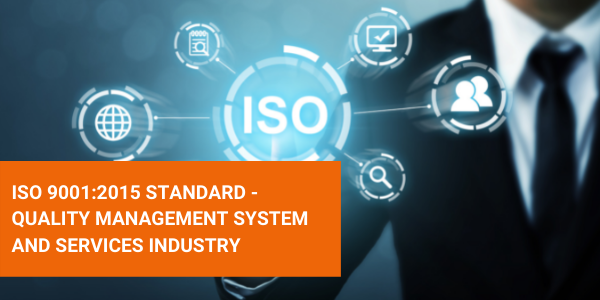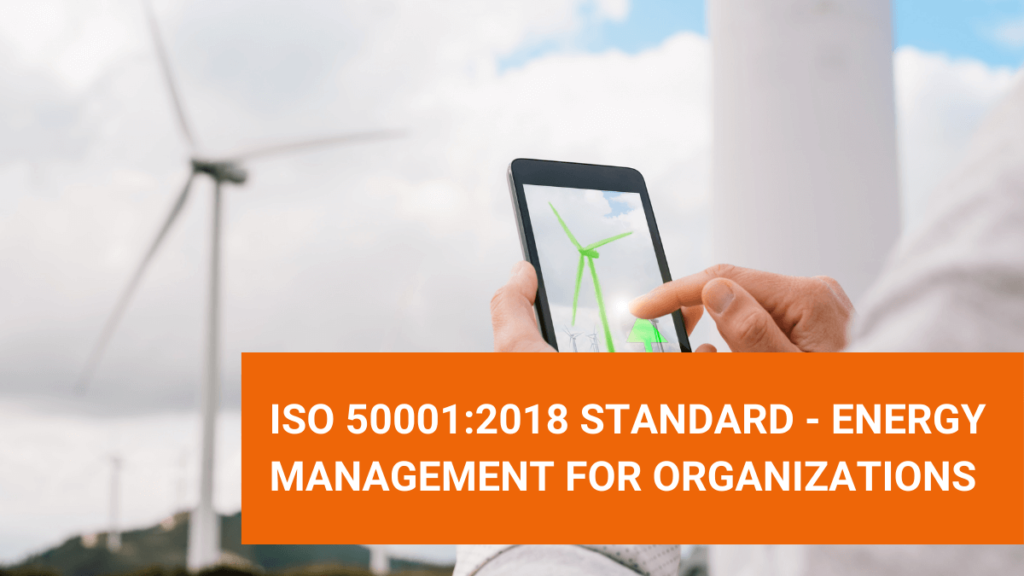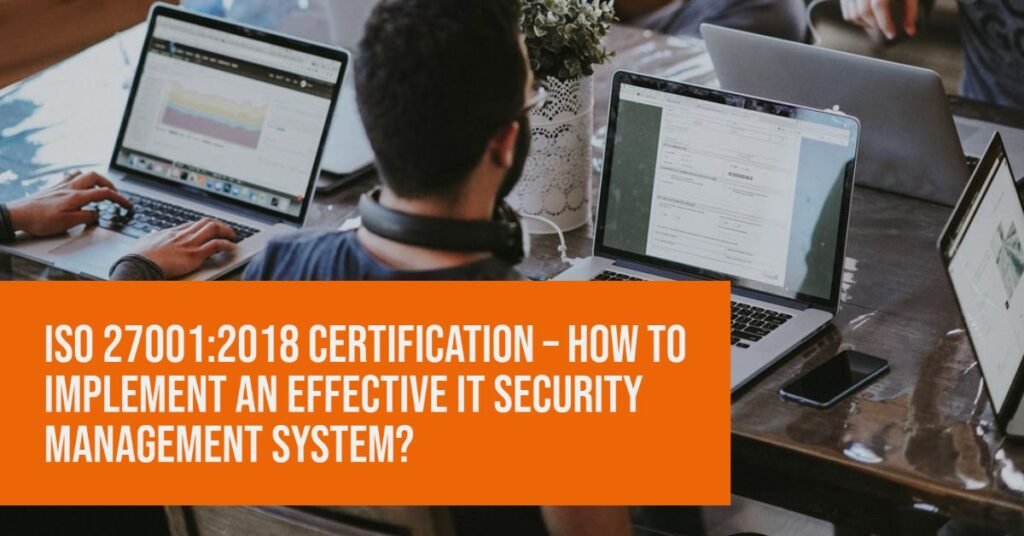Quality is an essential component in every product and service sector. Companies across industry sectors are aiming at implementing a Quality Management Standard. It enables the streamlining of the daily business operations and brings in standardization.
8 Steps in Implementing a Quality Management System
Quality Management Standard implementation follows definite steps and the implementation is easy through seeking the assistance of an expert ISO Consultant. Aurion ISO Consultants will help in implementing the Quality Management Standard the most hassle-free way.
1. Initial Awareness about ISO 9001 Certification
Conduct an awareness session for ISO 9001 Certification across all levels of the organization. The employees must have a clear idea about their involvement and efforts.
Also, communicate the organizational goals to the employees across all levels for the success of the quality management system implementation. QMS System is relevant and applicable across any type of organization. It follows the guidelines stipulated by the ISO certification.

2. Plan the Implementation Cycle
Appoint expert ISO Consultants and get the top management and employees on board for implementing the QMS System.
Before planning the implementation cycle the management must be aware of the changes and impacts ISO 9001 will bring to the organization.
There must be an alignment of employees, top management, and all support systems for implementing the QMS system perfectly. The ISO Consultant will plan the implementation cycle based on the organization’s nature of business and other requirements.
3. Identify the scope of Quality Management
The ISO Consultant will conduct a Gap Analysis to study the existing organizational system. They will also identify the area where standardization and apply the best practices of Quality Management in the organization.
The Gap Analysis helps in determining the scope of the Quality Management System. Create a structured plan and a to-do list of the best practices for the organizational system.

Loop in various functional teams and communicate to them about the changes. Take collective feedback, analyze and implement the new system effectively.
4. Prepare the Documentation
Preparing the Quality Manual is an integral part of the Quality Management System. Prepare the documentation and include the corrective actions for transforming the current organizational system.
Conduct a management review meeting, and functional team meeting to agree on the organizational strategic goals, business plans, etc., to draft the quality manual document.
Allocate the resource utilization, employee responsibilities, and assign roles to all the employees in line with the quality manuals to maintain the quality standards across all levels of functioning in the organization.
5. Launch the Quality Management System
Once the quality manual document is ready, get started with the implementation of the Quality Management System. The QMS System will now define the organizational operations and will standardize the business operations across the organizations.
The Quality Management System will help the organization to achieve higher quality standards and transform their organizational structure, deliver a positive customer experience, and grow more business in volumes.
The organization will be able to demonstrate its quality principles by getting the organizational system ISO Certified. QMS System plays a vital role in the organizational business growth and benchmark with high-quality standards.
6. Review your Performance
The performance assistance of the Quality Management System is an important aspect in the success of the Quality Certification. The ISO Consultants, the Quality Team, and Top Management must conduct frequent review meetings.
Involve the ground-level employees, managers, and all employees across teams infrequent performance status meetings. Identify the system vulnerabilities and take corrective actions accordingly.

Engage the specific team with the improvement practices to ensure the Quality Management System is operating at the desired levels and the quality standards are constantly maintained across the business operations in the organization.
7. Assess and Register for Certification
The ISO Consultants must conduct regular audits on the Quality Management System and check for compliance with ISO 9001 Certification. All the guidelines as per the ISO 9001 Standard must be met by the company for qualifying for an external audit by the ISO Certification body.
Engage the right Certification Body to issue the ISO 9001 Certification for the company. The internal Audit must answer all the compliance requirements and the Quality Management System must be ready for Certification.
The external Certification will conduct an audit to assess the internal systems of the organization. All the processes are checked for the desired quality level standards. Also, the Audit ensures the Quality Management System is fully operational across all stages of business.
Subsequently, the ISO Certification will be issued by the Certification Body after the assessment and review of the Quality Management System in the organization.
8. Continual Improvement
ISO Certification follows continuous improvements to the Quality Management System for ensuring constant compliance with the ISO Certification guidelines. The organization must follow a continual Improvement practice to optimize its business operations and Quality Management Standard.
Continuous Improvement will in turn help the organization to easily renew its ISO Certification Standard. They will be meeting the ISO guidelines in all the business operations and quality will be a top priority.
Hence, in a nutshell, by following the steps in implementing Quality Management Standards the right way, the organization will be able to demonstrate its edge on quality standards across the products and services.
To know more about ISO Certification Standard and Quality Management Standard Implementation, talk to our expert ISO Consultants right away!
Contact Us: Aurion ISO Consultants



